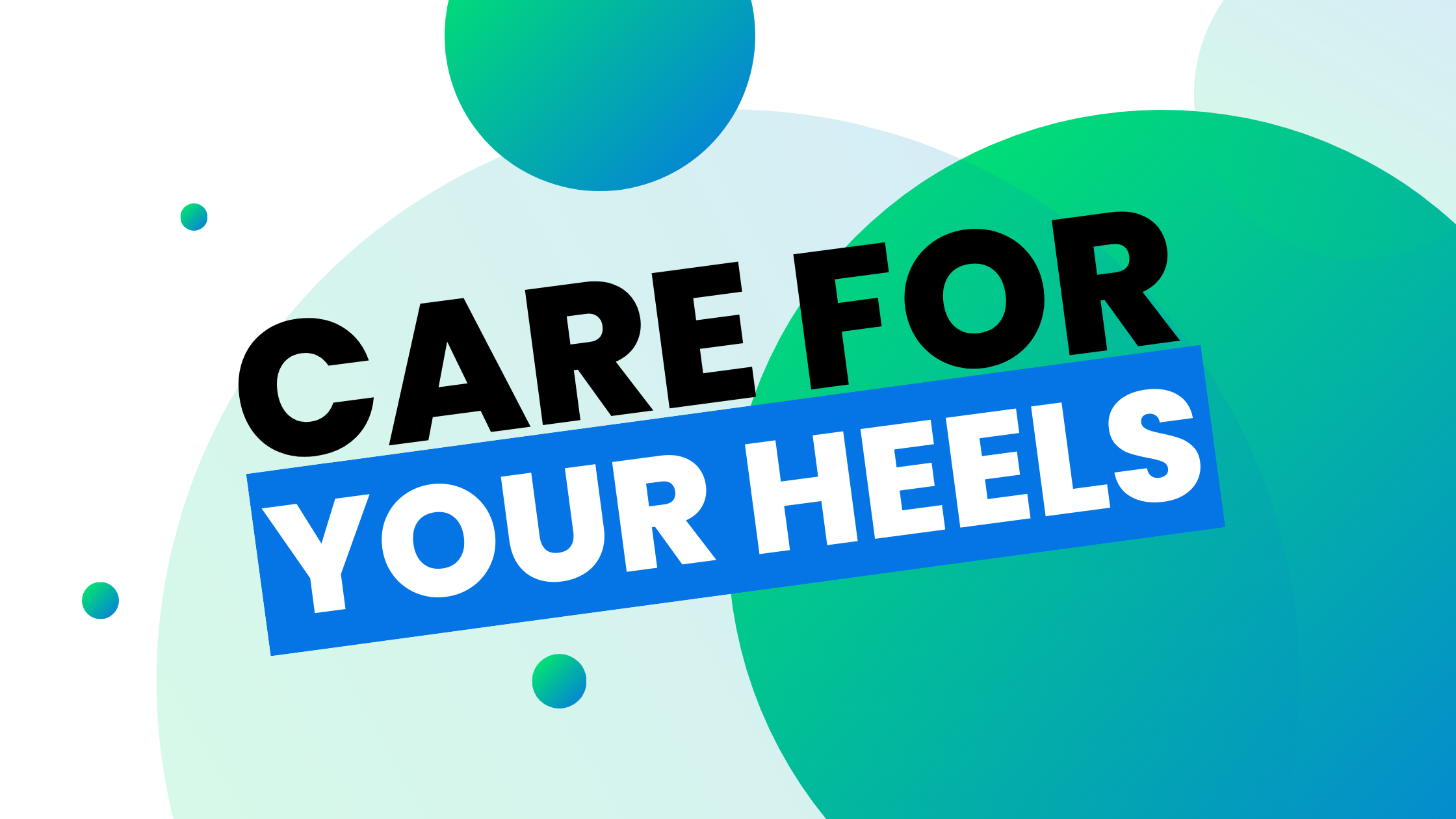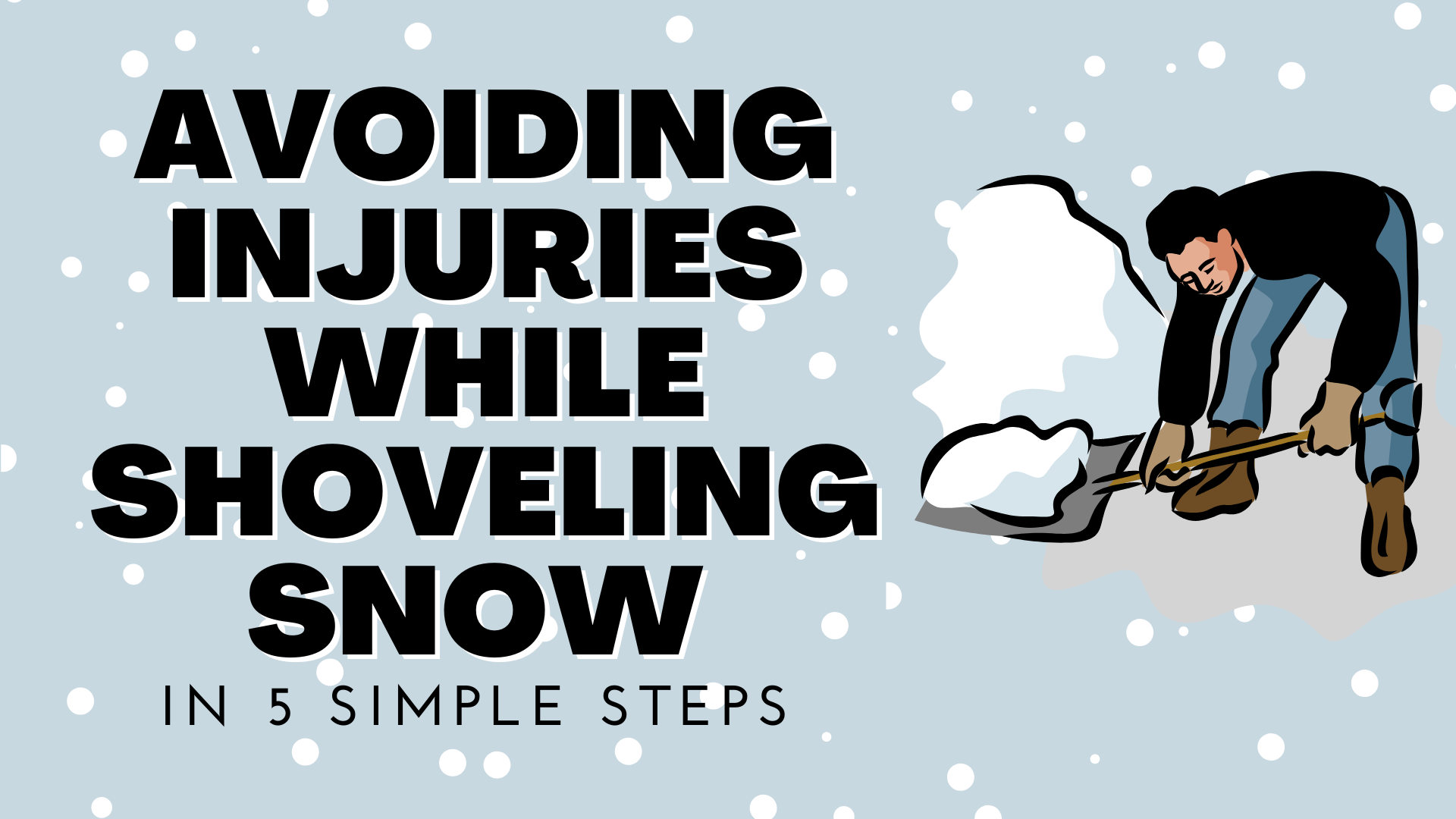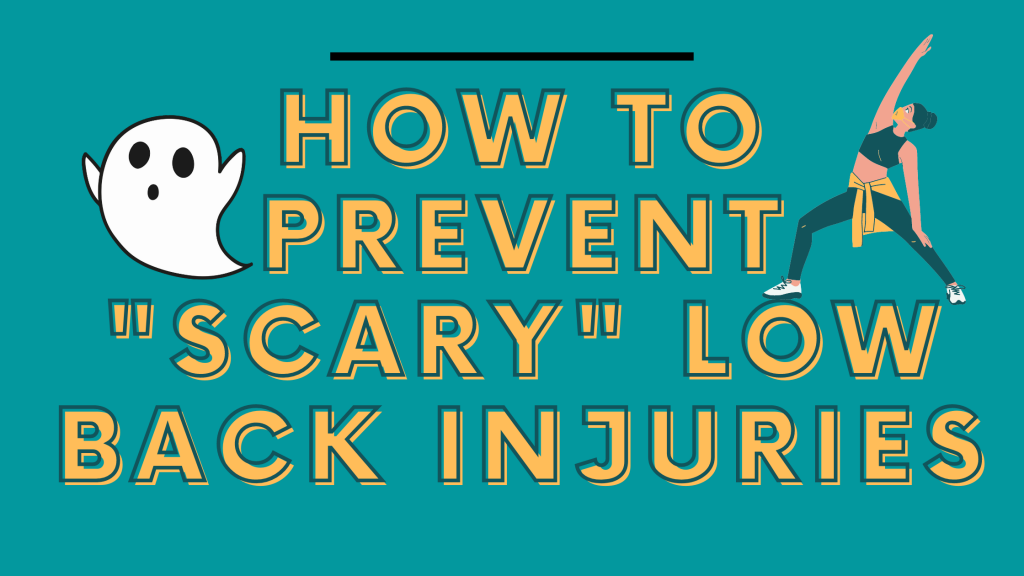Complete Care Chiropractic: Unlocking Your Body’s Potential For Optimal Health

Welcome to Complete Care Chiropractic, where we believe in unlocking your body’s potential for optimal health. Our holistic and natural approach to wellness focuses on the interconnectedness of your body’s systems, recognizing the vital role that proper spinal alignment plays in promoting overall well-being. Through our comprehensive range of services, including assessments, adjustments, therapy, exercises, […]
Complete Care Chiropractic: Unlocking Your Body’s Potential For Optimal Health

Have you ever experienced persistent back pain, neck discomfort, or joint stiffness that limits your daily activities and quality of life? If so, you’re not alone. Many people face these challenges, and they often seek effective solutions that can provide lasting relief. In this article, we will delve into the world of Chiropractic and explore […]
Get Your Good Sleep

3 Habits That’ll Get You Good Sleep

Sick of tossing and turning at night? Getting quality sleep is essential for one’s overall health and well-being. But sometimes, work, stress and poor lifestyle habits get in the way. Studies show that poor sleep induces long-term effects on health. These include memory issues, weight gain and high blood pressure. That said, […]
Care for Your Heels

Eat Your Greens

Insanely Easy Way To Add Years To Life: Eat Your Greens

Here comes March, and in the blink of an eye, it’s already National Nutrition Month! It’s the best time to revisit our eating routine. We’ve been busy with all sorts of things, enjoying the warm weather and waiting for spring (or summer), but when it comes to eating, we tend to lose focus. […]
Avoiding Injuries while Shoveling Snow in 5 Simple Steps

Keep the shovel handle down and ahead of you. This is really about the position of the shovel. If you have the angle too steep it can lead to injuries in your neck, shoulder, low back, and even knees. You want to make sure to take small amounts of snow to move and not overdo […]
How To Prevent “Scary” Low Back Injuries

Halloween is fast approaching, and it is time to think about costumes! But before you throw a spooky yet crazy Trick-or-Treat party, ensure your back is at its best. It’s a nightmare scenario for most of us: you’re enjoying the Halloween festivities, you go to the bathroom and— bang your “back goes out!” Don’t let […]
How to hit Your Goals This Year (Without Pain!)

Did you know that, worldwide, back pain is the single leading cause of disability? When it’s severe, it can prevent people from engaging in work and leisure activities, creating a pronounced negative impact on quality of life, and making it hard to enjoy the things you used to love. Back pain is also one of […]
